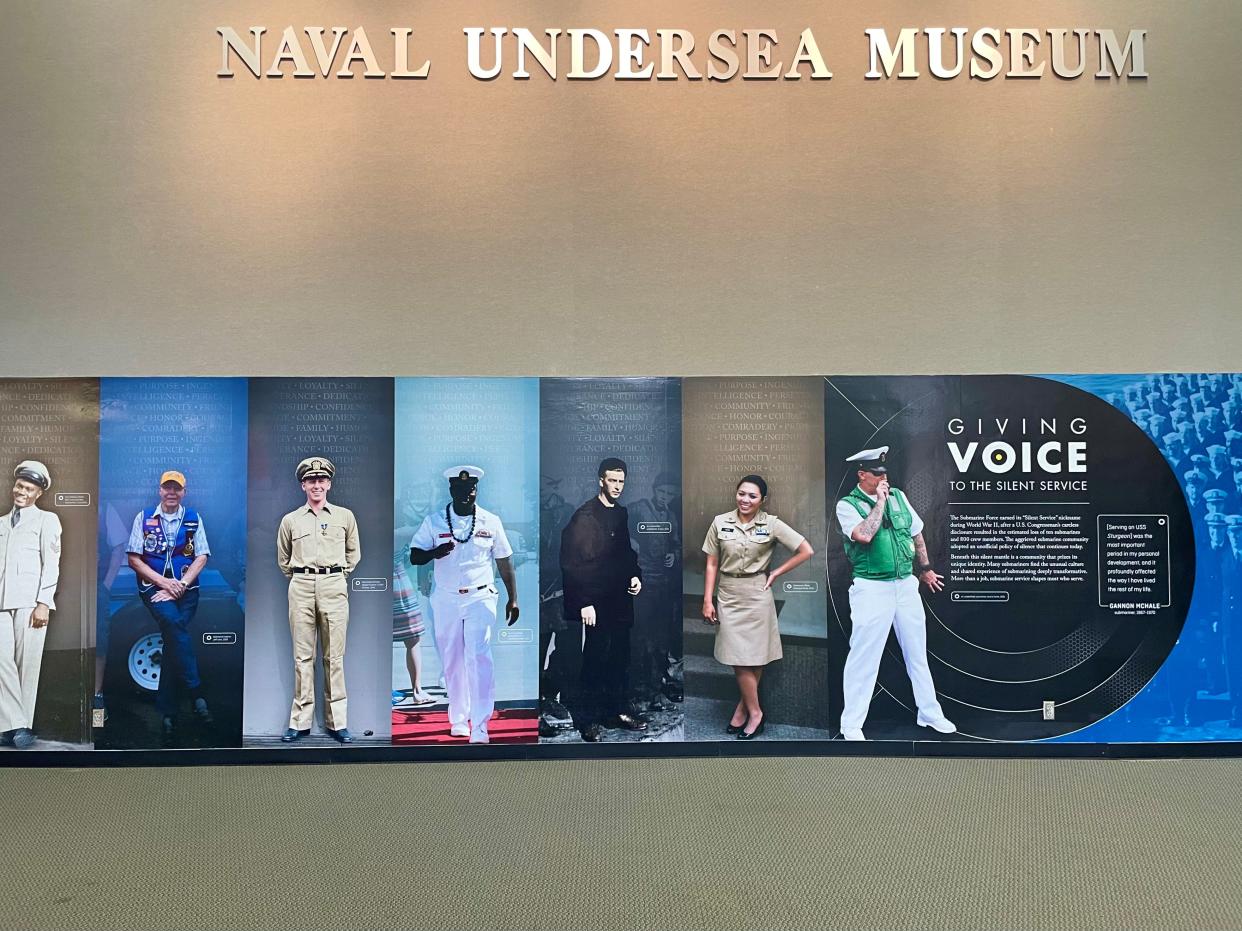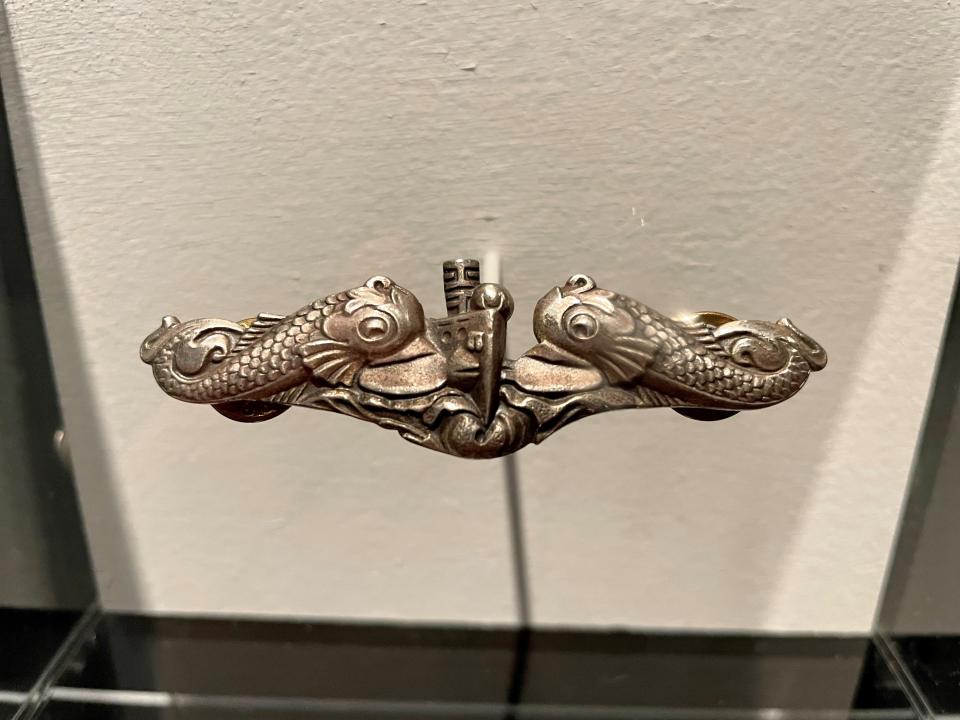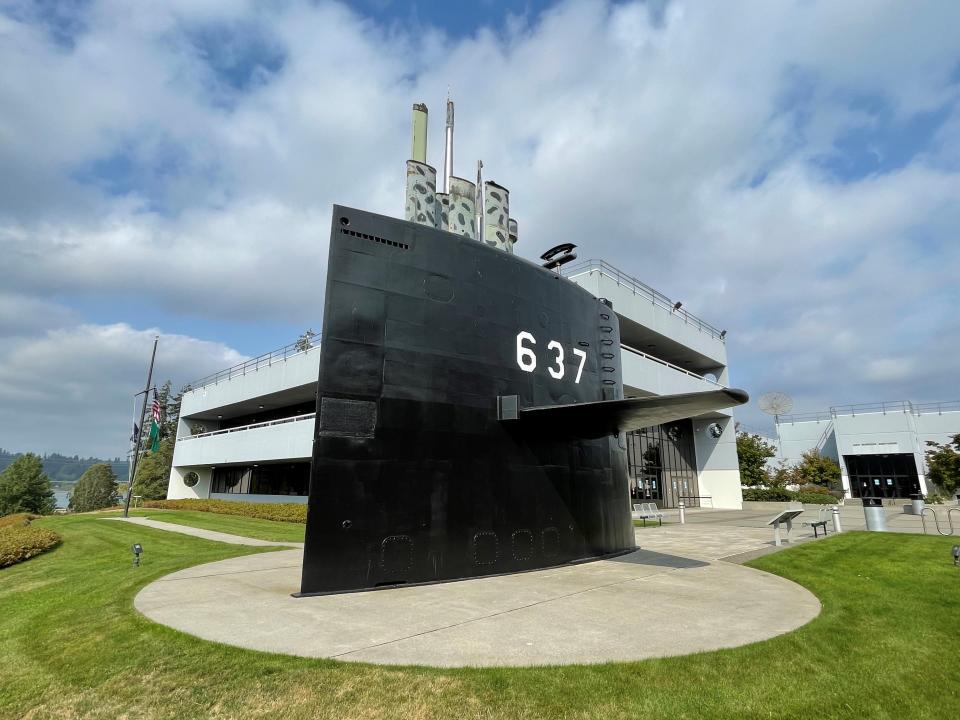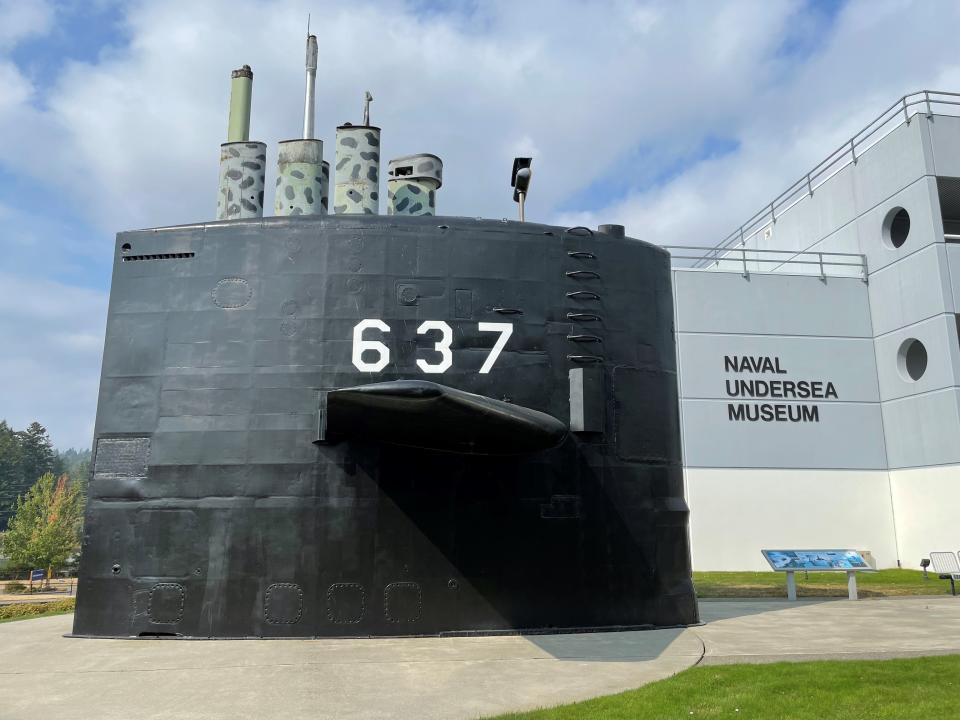New Keyport exhibit documents submarine life: 'Once a submariner, always a submariner'

KEYPORT — There are few parallels to the life of a submariner: months on end under the waves with a crew that has to trust each other with their lives — and, once back on shore, must be silent about the missions they accomplished.
"You go aboard, and one person making one mistake can kill everybody," said Bob Paul, a submarine veteran who served for two decades, including aboard the USS Parche, the sail of which is immortalized in downtown Bremerton. "You've got to put trust into everyone."
That life is the focus of an exhibit, years in the making, at the U.S. Naval Undersea Museum at Keyport, titled "Giving Voice to the Silent Service," which opened this month. In probing the depths of submariners' lives, it exposes the daunting task of qualifying ("earning one's dolphins"), the cultural challenges of various eras, and the unique hardships families of submariners face. But it also casts light on more light-hearted controversies. Case in point: is it Sub-MARE-in-er or sub-mah-REEN-er?
"A Sub-MARE-in-er is a watch," Paul said. "It's sub-mah-REEN-er."
The immense pride of the service is on full display: If they can't talk about their mission work, they can display recognition from military and political leaders. That includes the Presidential Unit Citation Paul and the crew of the Parche received from President Ronald Reagan in the early 1980s. Parche became the most decorated warship in the history of the Navy, though its missions largely remain classified.
"Submariners basically radiate their identities," said Mary Ryan, the museum's curator, who authored the new exhibit. "They let their achievements speak for themselves."
Once thought of as mere scouts or vessels that would support ships, World War II changed everything for the submariner. Though only 1.6% of sailors worked in the service during the war, they sank 30% of Japan's warships and 60% of that country's merchant ships, the exhibit says. Still today, submariners make up only 6.8% of sailors but man and operate 24% of its vessels.
"The experiences we share — the ones we can't share with anyone outside the fraternity — are what make us so different," Joel Kennedy, a submarine officer from 1983 to 2004, is quoted in the exhibit as saying.

The exhibit more subtly highlights the dangers of the service, with a powerful artifact: a table cloth signed by submariners as a farewell to Robert Fountain Jr., the departing executive officer from the USS Scorpion in January 1968. A few months later, Scorpion sank, with all aboard killed; Fountain was the last officer who transferred off the boat.
There is an examination of the types of submariners of the nuclear age: those ship-chasers where there's "no slack in a fast attack" boat, as well as the steathy sailors who haul nuclear weapons on the ballistic-missile subs and "hide with pride."
The exhibit doesn't shy away from the immense cultural changes within the service. Hazing practices, including "drinking" one's dolphins, and traditions like posting scantily-clad women on missile tubes toward the end of deployments, have faded away. The exhibit tackles the immense change on board subs in the early 2010s, when in just 13 months' time, the first women began serving on subs, "don't ask, don't tell" was repealed and a smoking ban took effect.

The service takes a toll not just on submariners, but on their families. Ryan included the stories of spouses and children, including copies of "Underneath It All: A Submarine Bedtime Story," by submariner wife and author Brianne Humara, as well as the sequel she wrote when mothers began serving.
Every boat has its own traditions, quirks and of course, insignia, with many of those works of art on display within the exhibit. Yet it all funnels into a collective and shared identity, emblazoned throughout: "Once a submariner, always a submariner."
IF YOU GO

This article originally appeared on Kitsap Sun: New Keyport exhibit documents life of a submariner

